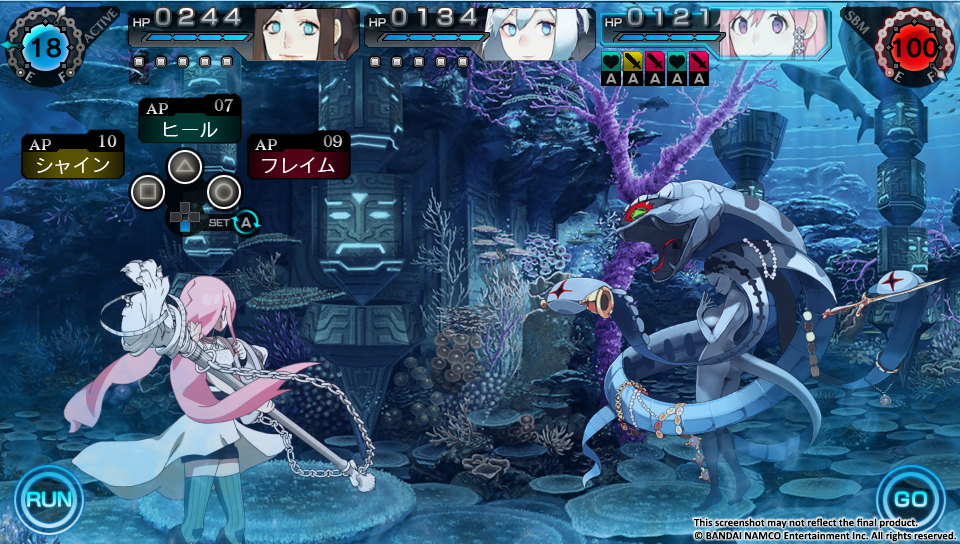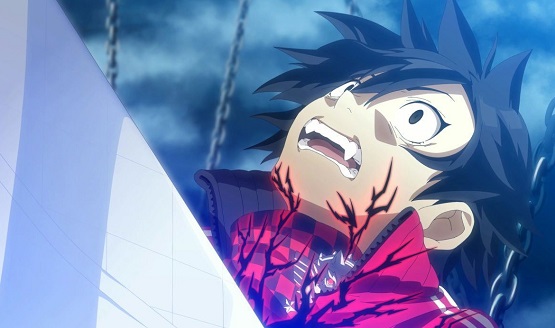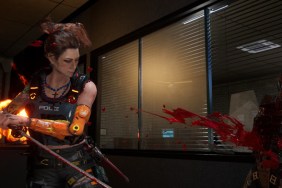It’s hard to get excited about a game like Ray Gigant based on premise alone. “Yeah, yeah, okay. A bunch of superpowered young people fight to save what’s left of the world from giant creatures who’ve left it in a post-apocalyptic state. Tell us one we haven’t heard before.” Since stories like this are a dime a dozen nowadays, I’ve got the feeling that the niche audience who might otherwise enjoy Bandai Namco’s dungeon-crawler could be turned off by its recycled concept before they even play. As we’ve seen before in gaming, though, even the most tired-seeming formula can be revitalized with a fresh twist — and while Ray Gigant may not go all the way with its handful of good ideas, I think it’s just weird enough to drum up some support from Vita fans looking for something new to enjoy.
I’m Not Strong Enough…Or Something!
Let’s get this out of the way, though: none of what makes this game unique or interesting is at the narrative level. This is your bog-standard “anime teens save the world” story, littered with dull cliches that seem to have come right down the Shonen Factory assembly line. Yes, there’s a school where the superpowered teens gather, and yes, one of the protagonists commits harakiri in order to transform, and no, that’s not really as awesome as it sounds. Worse yet, it’s wrapped up in one of the goofiest localizations I’ve seen in awhile, filled with too many “That Word, I Do Not Think It Means What You Think It Means” examples to count. The nicest thing I can say is that the game keeps things light and varied by breaking the tale up into three smaller stories, each of which has its own set of protagonists — but even then, the benefits to that are more gameplay-related than story-related.
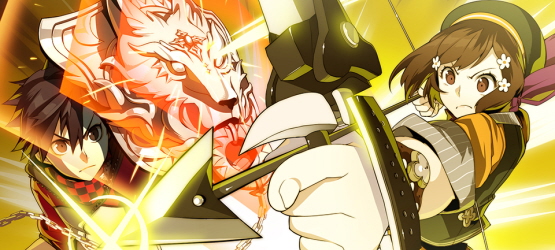
The gameplay is where things get stimulating, anyway. I have to admit, I’m kind of amazed that something as simple as the dungeon-crawler — which is just about as old-fashioned as you can get in terms of RPGs — still manages to see new, weird variations that switch up the formula. In this case, there aren’t many surprises as far as the actual dungeon part of things go; you’ve got your first-person perspective, your maze-like layouts, and your enemies and treasures laid out on the map. Nothing will likely surprise genre veterans until they actually bump into one of the enemy icons and get into a battle. Once in combat, you’ve got to learn to contend with the “action point”-based system, which works thusly: your party has a maximum of 100 AP, which is expended in various amounts depending on the moves you choose. You can recover it by defeating an enemy in the first five turns (with the amount varying based on the turn your victory comes), or by using the “wait” command, which leaves you open to attack as you charge more points up. Enemy types also play a role: if you bump into a red enemy on the map, all your moves will cost twice the AP they would, while blue enemies let you get away with a half-price AP bargain.
Delightful Weirdness
Overall, this system reminded me of the “Brave/Default” function in the Nintendo 3DS game Bravely Default; you can either spend all your points right away on a flurry of attacks, or be more deliberate about things so as to keep your characters guarded. I don’t think this system works quite as well — the game seems to reward the former approach during regular battles, and the latter during boss fights — but it does provide an interesting wrinkle in the turn-based proceedings, and it pairs quite well with some of Ray Gigant’s other quirks. That brings us to the way progression is made, which is essentially a simpler version of the Sphere Grid skill-tree system in games like Final Fantasy X.

Rather than gain experience from each battle, enemies drop items that can be used to make progress on each branch of the skill tree: Force to learn new skills, Seed to level up in one of three main attribute areas, and Materia to upgrade your item boxes. This last one is a particularly bizarre little addition — rather than getting gear directly from enemies, you use items called “Breeds” to generate item drops that correspond with the item box you pick. For example, if you level up your sword box, you’ll get a better sword the next time you use a Breed on it. It’s a little confusing and unwieldy at first, but once you get the hang of it, the game’s best equipment is that much closer to your grubby little paws.
That Was Too Easy
And I really do mean a lot closer; one of the most disappointing aspects of Ray Gigant is its difficulty, which undermines a lot of the refreshingly weird variations it has on dungeon-crawling combat. Maybe it’s because each of the three individual stories is relatively short, but you’ll have no trouble learning all the skills currently available to you by the second or third dungeon, and your stats always seem a bit overpowered compared to the enemies you’re currently facing. Even the bosses are pushovers, relatively speaking — JRPG newcomers might struggle with some of the Big Bads that resist certain attack and elemental types, but anyone who’s a fan of the genre will breeze right through most of the so-called “challenges” the game offers.
Maybe I’m being too picky for the genre, too, but even for a dungeon-crawler I think Ray Gigant could have used some more variety and style in its visuals. Cutscenes between gameplay segments — with the exception of a few brief anime clips — pale even in comparison to some visual novels, with dull, static backgrounds and rather unimpressive character art. I did enjoy the more fluid animation that comes in battle, but it looks cheap the way it’s laid out against the backdrops, and the perspective means you don’t actually get to see the characters do much of anything. The music, by comparison, has a lot more life. I love the weird, creepy singing voices during the game’s dungeon theme, and I thoroughly enjoy the way the score vaults between genres in each track — all the while maintaining a bizarre feel that perfectly complements the gameplay’s oddities.
Weird, But Not Weird Enough
Ray Gigant doesn’t play like your average dungeon-crawler, and that’s refreshing, but it also doesn’t do enough to warrant more than a hesitant recommendation. Genre nuts will probably eat up the weird variations on combat and character progression, and I’d be lying if I didn’t admit I found myself enamored with the gameplay. Still, this is far too facile and obtuse an experience to give a hearty thumbs-up — especially with its awkward translation and lackluster visuals.
Ray Gigant review code provided by publisher. For more information on scoring please see our Review Policy here.
-
Unique combat system that centers on the management of "action points"
-
Interesting three-pronged narrative
-
Gigant design is pretty neat
-
Delightfully bizarre and varied soundtrack
-
Awkward localization that fluctuates in quality
-
Lackluster visuals
-
Challenge level borders on the laughably easy
Ray Gigant JP Screenshots
-
Ray Gigant 01
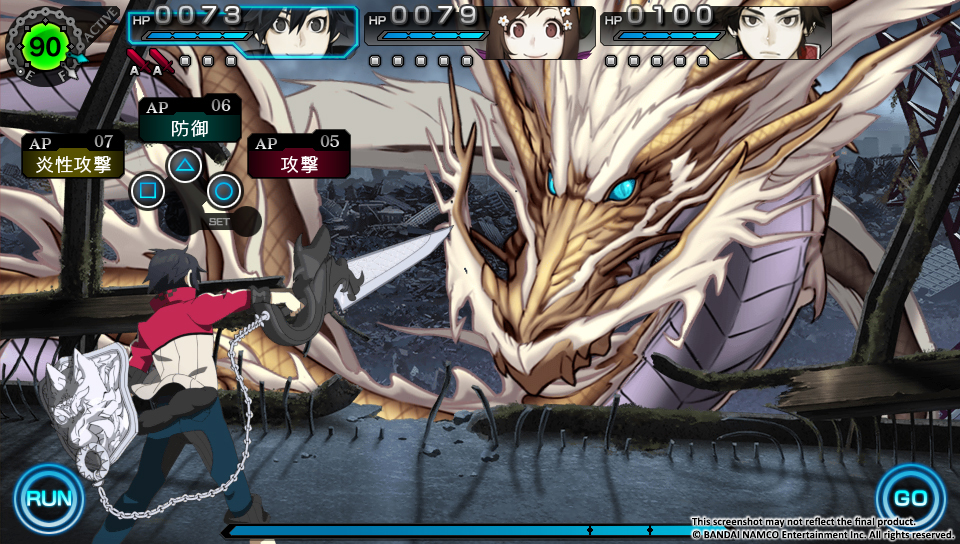
-
Ray Gigant 02
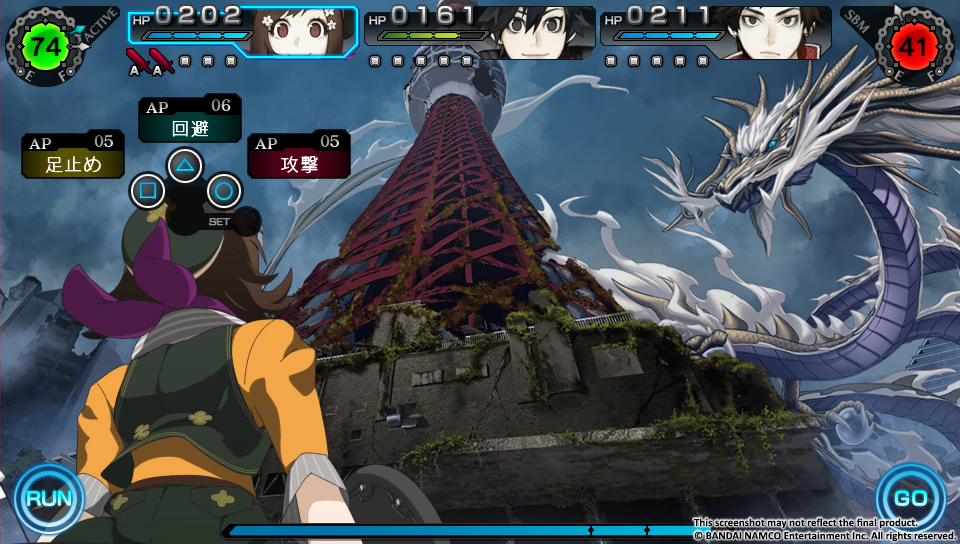
-
Ray Gigant 03
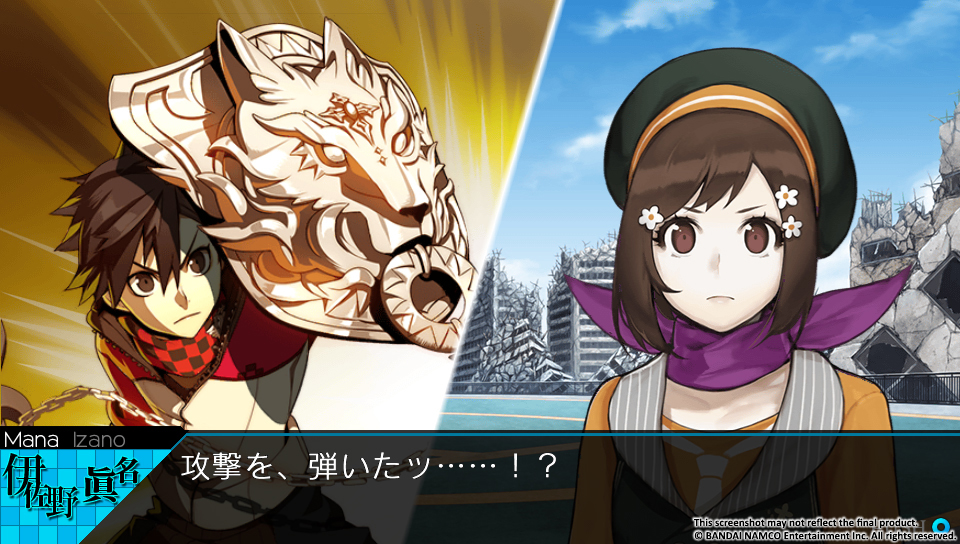
-
Ray Gigant 04
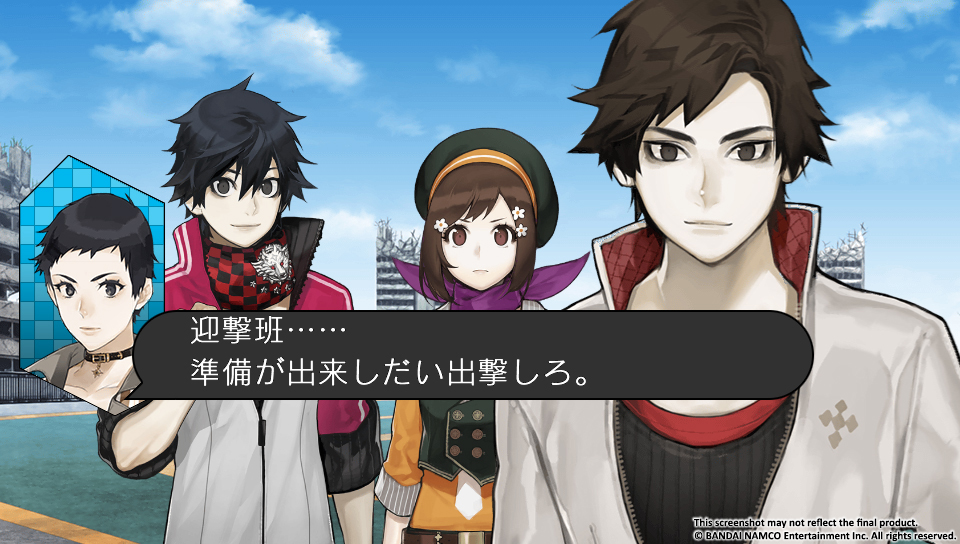
-
Ray Gigant 05
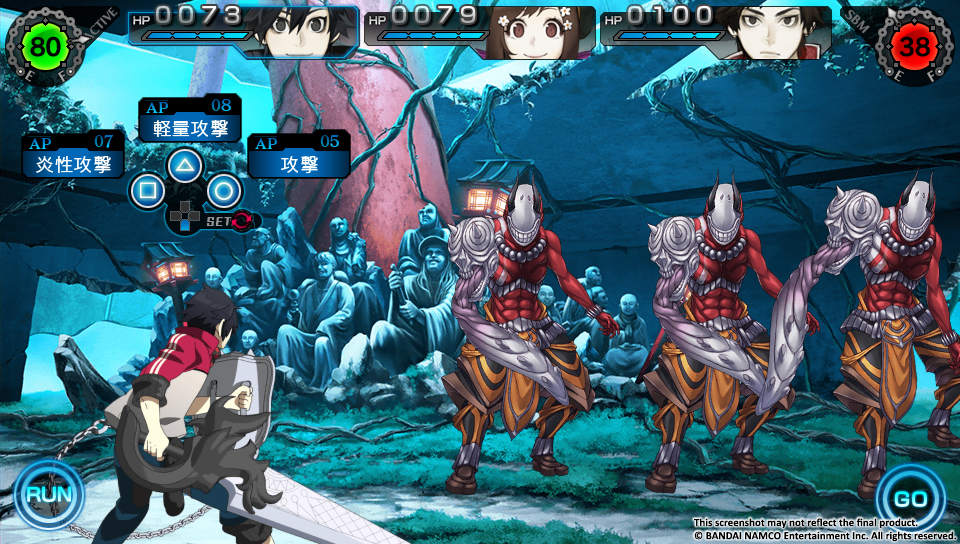
-
Ray Gigant 06
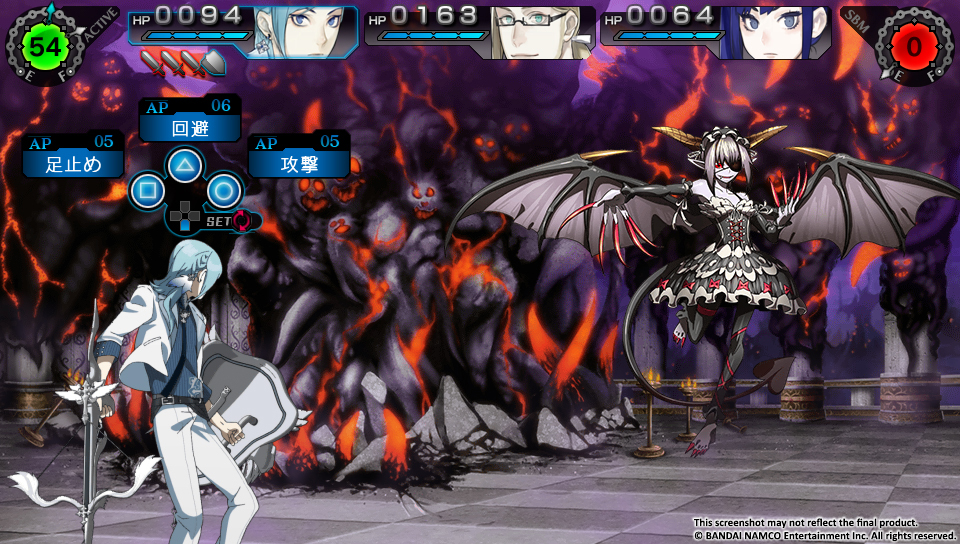
-
Ray Gigant 07
